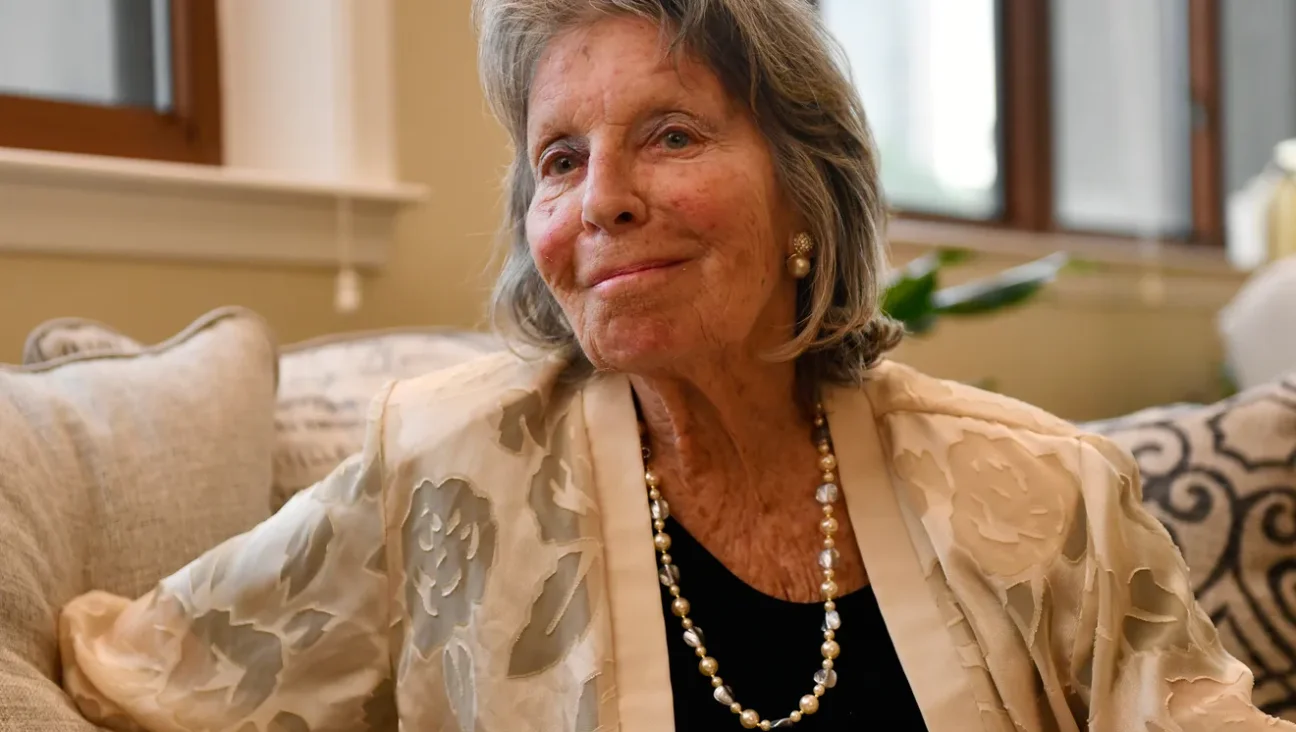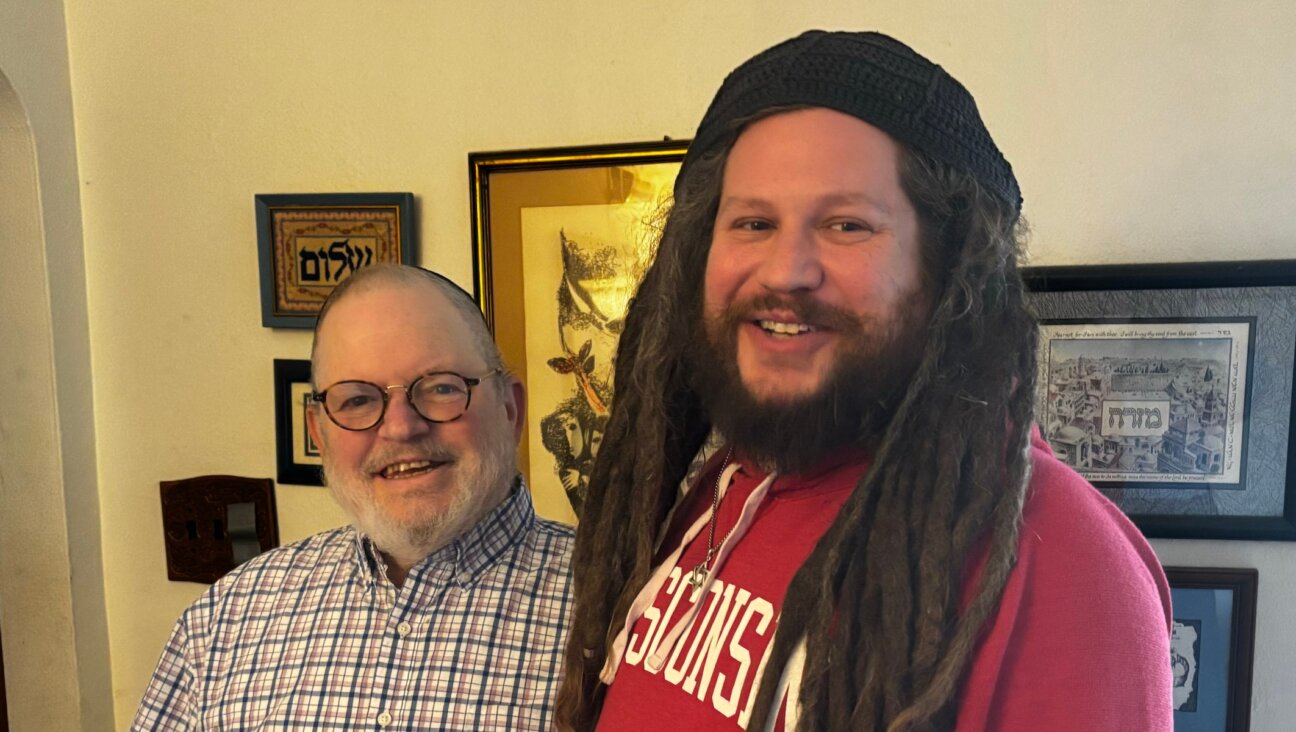Remembering Martin Ginsburg: The Man Behind the First Jewish Woman on the Supreme Court

Image by Getty Images
I had the privilege of meeting Martin Ginsburg only once. It was in March 2008, and I was directing the Peter Jennings Project for Journalists and the Constitution at the National Constitution Center. Justice Ruth Bader Ginsburg, Martin’s illustrious wife, was our keynote guest, and I had the honor of bringing the couple around the Constitution Center’s wonderful permanent exhibit.
He walked slowly, more slowly than she did, and stayed a few steps behind, almost as in deference to a queen. He was kind and unpretentious, and but for the presence of a federal marshal, they looked just like any elderly Jewish couple with a deep interest in the law touring an exhibit devoted to the relevance of the U.S. Constitution.
I thought of that scene last night, when I read that Martin Ginsburg died at 78 years old, after fighting cancer. A stellar legal mind and professor in his own right, he embodies the kind of man that is both rare and noble — a man who, long before it was fashionable, supported the career choices of his wife, no doubt sacrificing his own shot at the limelight along the way.
When she was appointed to the federal appellate bench, he moved to Washington with her. A self-acknowledged terrible cook, she relinquished kitchen duties to him early on in their 56-year marriage.
Justice Ginsburg has said that without the strong personal and political support of her husband, she might never have become only the second woman — and the first Jewish woman — to serve on the U.S. Supreme Court. Her husband’s take on all this: ”I have been supportive of my wife since the beginning of time, and she has been supportive of me,” he is quoted in the New York Times. “It’s not sacrifice; it’s family.”
As much fuss as we rightly make over the women who push through strong barriers to achieve a role that had been denied their foremothers, let’s not forget the husbands like Martin Ginsburg, whose support and encouragement made a lonely fight into a joint struggle.
A message from our Publisher & CEO Rachel Fishman Feddersen

I hope you appreciated this article. Before you go, I’d like to ask you to please support the Forward’s award-winning, nonprofit journalism so that we can be prepared for whatever news 2025 brings.
At a time when other newsrooms are closing or cutting back, the Forward has removed its paywall and invested additional resources to report on the ground from Israel and around the U.S. on the impact of the war, rising antisemitism and polarized discourse.
Readers like you make it all possible. Support our work by becoming a Forward Member and connect with our journalism and your community.
— Rachel Fishman Feddersen, Publisher and CEO
























